It has been years since I first saw the original Planet of the Apes (1968), and I’ll admit that as a child I didn’t entirely understand the conceit. As an adult, I find the “what if” of this movie fascinating, but not ultimately what makes Dawn of the Planet of the Apes so good. Because it is good. After a season of films that have run the gamut from “eh” to entertaining, I was expecting this one to be another Hollywood trope-filled action-fest, but at the end of a relatively short-feeling two hours, I was left impressed, and interested to see where the inevitable next chapter will take us. What surprised me the most was the movie’s emotional resonance, well-developed characters (often lacking in summer “blockbusters”), and the (dare I say it?) beautiful imagery. And oh wow, but the apes looked real in a way I’ve never seen CGI achieve.
If you haven’t seen the prequel to this one, Dawn gives you a nice introduction in the form of a collection of news stories from an increasingly panicked public as the epidemic of the simian flu spreads. The opening takes us through the ten years after Rise of the Planet of the Apes and delivers us to a colony of apes flourishing in a world apparently devoid of any remaining humans. They inhabit the beautiful Muir Woods north of the Golden Gate Bridge (side note: definitely worth a visit if you’re over that way) with their own set of laws, buildings, and hierarchies. The young are taught to read and write and they communicate largely in sign-language, eschewing spoken words unless needed for drastic reasons.
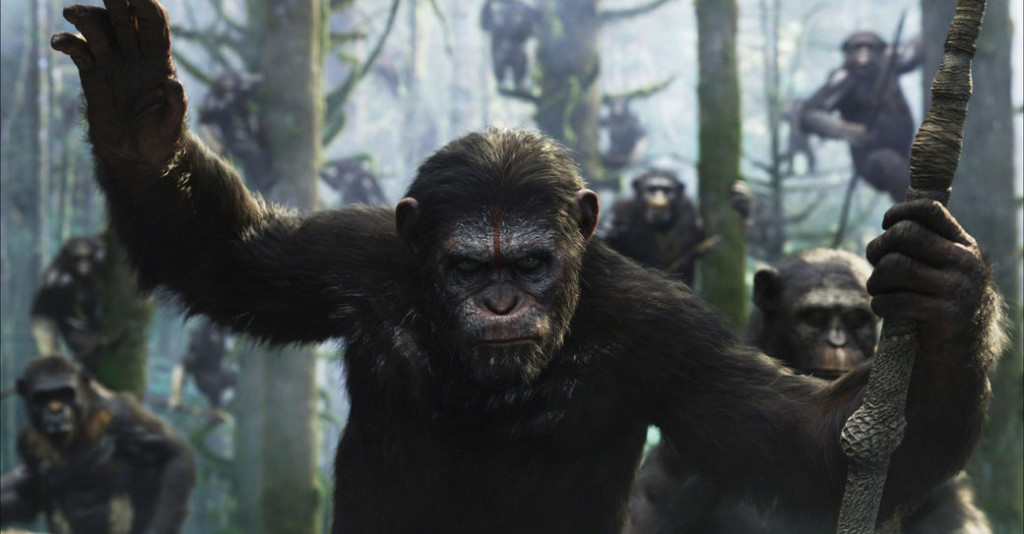
image source: fandango.com
This group is led by Caesar (Andy Serkis in his usual brilliant motion-capture), who now has a mate and two sons. The elder BlueEyes (Nick Thurston) struggles with his father’s leadership role and looks up to Koba (Toby Kebbell), Caesar’s second-in-command as an extra father figure. While hunting, the group encounters humans in the forest, and we discover that there is a colony of them in the ruins of San Francisco, survivors immune to the simian flu, and of the human bloodbath that took place in the years after the outbreak. The humans aren’t expecting to find an ape colony; they are hoping to get a hydroelectric dam operational to bring power back to the city and are shocked to find such a large group in the woods. Conflict ensues, and the humans are sent back to their own kind.
Once back in the city, the San Francisco humans react as frightened humans so often do: they gather their stockpile of weapons and plan to take the dam by storm. The main human protagonist, Malcom (Jason Clarke), however, wants to reach out in the hope of peace with the apes to prevent any more human deaths when there are already so few people left. He and his team, including his son and girlfriend, head back into the woods to try and forge a compromise. From there the players are set in motion, hurling these two colonies of survivors into battle as a result of misunderstanding, old hatreds, and fear.

image source: fandango.com
The film takes us through the events that lead up to the final conflict by following the parallel experiences of the two main families. Caesar and Malcom each want peace, and for their children to grow up free and safe, but this is difficult because of the prejudices each of their colonies holds for the other. Through their forged friendship, and empathy within the families, they attempt a truce, but their efforts are thwarted by Koba, who harbors a deep-seated hatred of humans after being a lab’s test subject for many years.
This movie brilliantly sets up the complexities inherent in so many wars, where the filters of previous conflicts and prejudice skew people’s views so much that they cannot see a way out except to fight. The victims become perpetrators and the line between “them” and “us” is blurred as both succumb to hatred and violence. As an audience, we are asked to examine who is more right (or really, can either side be right in this case?), the humans with whom we identify, or the apes…with whom we identify. It is an interesting dilemma. Ultimately, the core of this story really is the question of what it means to be human, and can humans really achieve peace. Caesar and Malcom come at this questions from seemingly opposite ends of the spectrum, but their similarities at the end of the day outweigh their differences and they forge a friendship that, though it cannot save their colonies, might just save one other.
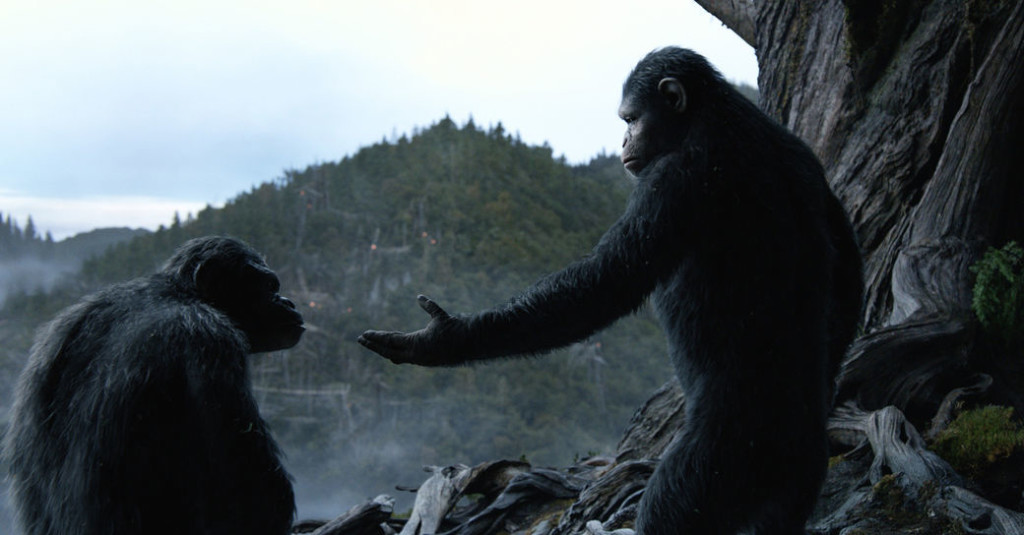
image source: fandango.com
While most people will undoubtedly talk about the final battle between Caesar and Koba, I want to point out the more pivotal scene, and the one that truly gives this movie its name. The rouge apes under Koba have been defeated, and the captured humans have been freed, but the human army is on its way. Malcom tries to get Caesar to leave, but instead Caesar tells Malcom he is the one who must run. The war has already begun and it won’t end any time soon. As Caesar and his family step into the light, Malcom steps back into a shadowy doorway and fades from view. The symbolism is clear: the time of the humans is over, and the time of the apes has begun.
I cannot emphasize enough how well done this movie’s graphics are. The CGI is absolutely stunning. There were times when I kept staring at the apes, especially the orangutan Maurice (Karin Konoval), unable to believe this was all motion-capture and computer imagery. They looked so real. From the movements to the facial expressions, the ape characters exist in this movie in a way that makes me halfway expect them to actually be living in the redwoods north of San Francisco. Andy Serkis is always so good at creating characters, but the technology to really integrate his performance and have the characters fully inhabit their world, and not just look like they have been inserted, is very recent. Even Gollum is cartoonish in comparison to Caesar. My mind is blown.
As a last note, I will say that this movie ends on a surprisingly dark note. I’m sure they are setting up the third in what is undoubtedly a carefully planned trilogy, but I like the ambiguity of this ending. We can see what is coming, and because of the franchise’s history, we know what will eventually happen, but the intensity of the last moments remains. The audience in my theater started to clap at the end, but the smattering of applause fizzled quickly, and we were left in relative quiet. People filed out in near silence, and I sat and watched the credits roll almost alone, the ending was that disquieting and good.
All in all, if you’ve been waiting for a blockbuster to see this summer, Dawn of the Planet of the Apes is the ticket to get. And let me know what you think about this one in the comments below.

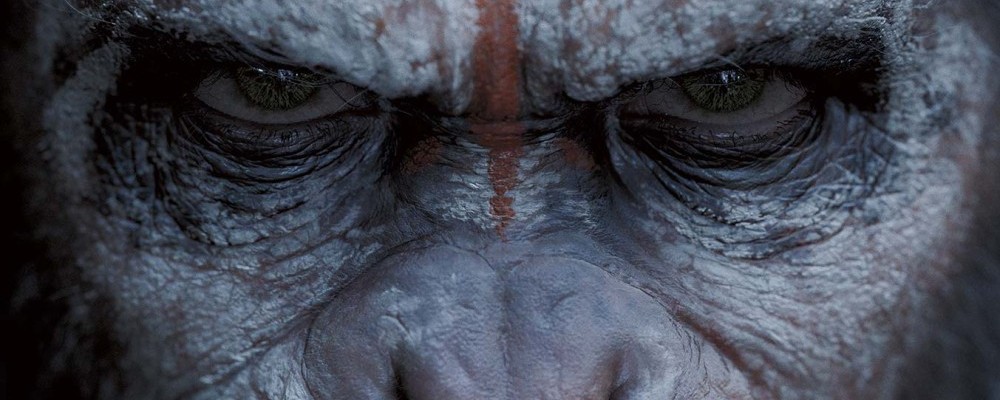
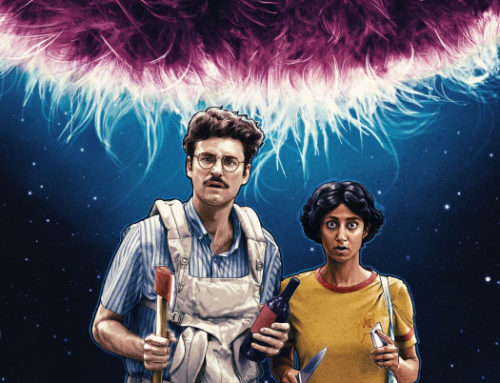

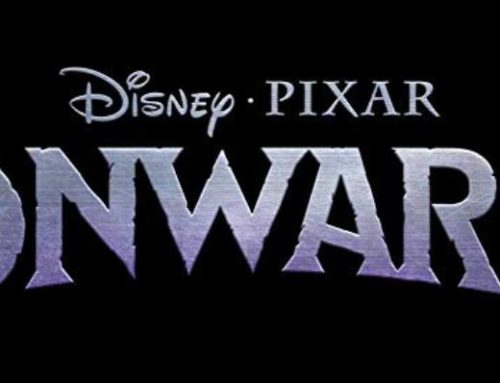
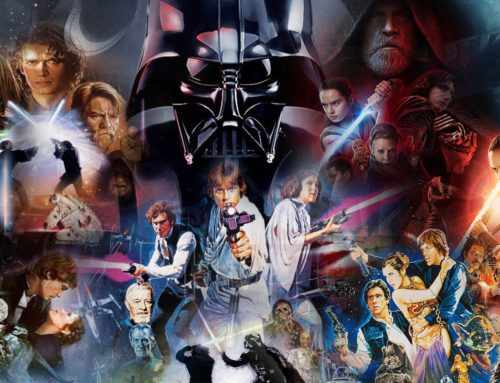
Great review! Hearing Koba emphatically say “HUMAN WORK” over and over gave me shivers.
Holy gee willikers! Great review and you got me pumped to see this movie eventually, when I have time…one day…
[…] Geek Girl Pen Pals: Movie reviews, movie reviews, movie reviews! Dawn of the Planet of the Apes: a really interesting movie, I particularly enjoyed the motion capture for the apes. Guardians of […]